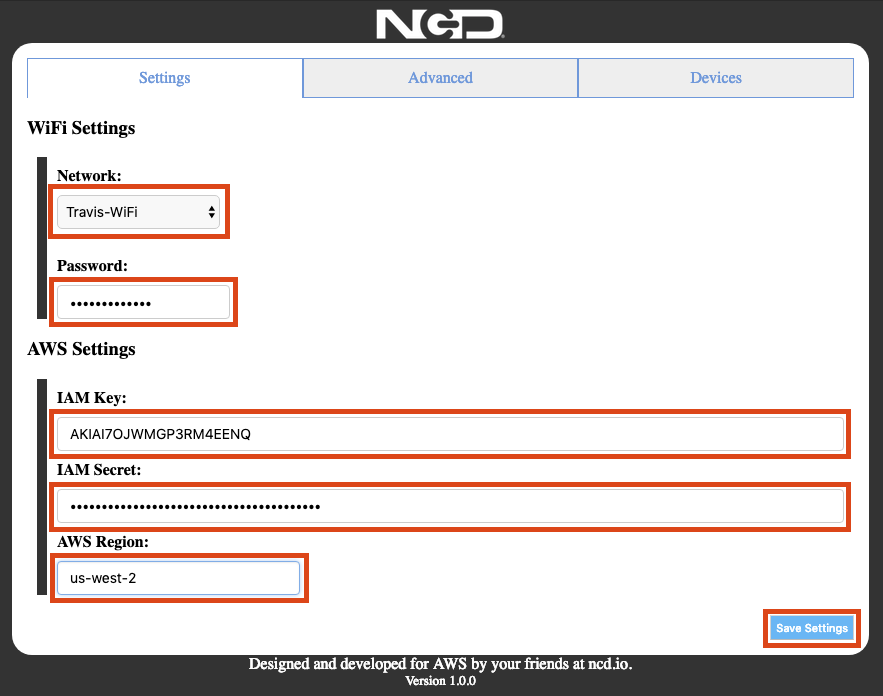Imagine this: You’re sitting comfortably at home, sipping your favorite coffee, while thousands of IoT devices scattered across the globe send data to the cloud. How do you process all that information efficiently without breaking a sweat? Enter remote IoT batch job examples powered by AWS. This technology is not just cool; it’s game-changing. Whether you’re a developer, an entrepreneur, or simply someone curious about the future of tech, understanding remote IoT batch jobs can open up new possibilities for your projects.
Remote IoT batch jobs are like the invisible wizards behind the scenes, ensuring that data from IoT devices is processed seamlessly. These jobs allow you to manage large-scale data processing tasks without the hassle of manual intervention. From automating sensor data analysis to optimizing energy consumption in smart cities, the potential applications are endless.
But why stop at just knowing what they are? In this article, we’ll dive deep into the world of remote IoT batch jobs, explore real-world examples, and uncover how AWS makes it all possible. So, grab your notebook (or laptop), and let’s get started!
Read also:Unlock The Power Of Remoteiot Vpc Ssh Download On Windows 10
What Are Remote IoT Batch Jobs?
At its core, a remote IoT batch job is a process that handles large datasets collected from IoT devices in bulk. Unlike real-time processing, batch jobs are scheduled to run periodically, making them ideal for tasks that don’t require immediate results. Think of it like doing your laundry—instead of washing each item one by one, you toss everything into the machine and let it do its thing.
For example, imagine a fleet of smart agriculture sensors monitoring soil moisture levels. Instead of sending data to the cloud every second, these sensors can store the information locally and send it in batches during off-peak hours. This approach not only conserves bandwidth but also reduces costs.
Why Choose AWS for Remote IoT Batch Jobs?
AWS, or Amazon Web Services, is the go-to platform for many developers and businesses when it comes to cloud computing. With its robust suite of tools and services, AWS provides everything you need to create, deploy, and manage remote IoT batch jobs effortlessly.
Here are some reasons why AWS stands out:
- Scalability: AWS can handle millions of devices and terabytes of data without skipping a beat.
- Security: Your data is protected with industry-leading encryption and compliance standards.
- Cost-Effectiveness: Pay only for what you use, avoiding unnecessary expenses.
- Integration: Easily connect with other AWS services like Lambda, S3, and DynamoDB for a seamless workflow.
Real-World Remote IoT Batch Job Examples
Example 1: Smart City Traffic Management
Smart cities rely heavily on IoT devices to monitor traffic patterns and optimize flow. By implementing remote IoT batch jobs, city planners can analyze historical traffic data to identify trends and make informed decisions. For instance, they might discover that certain intersections experience congestion during specific times of the day and adjust traffic light timings accordingly.
Example 2: Predictive Maintenance in Manufacturing
In manufacturing, downtime can be costly. Remote IoT batch jobs help predict equipment failures by analyzing sensor data over time. By identifying patterns that indicate potential issues, companies can schedule maintenance before a breakdown occurs, saving both time and money.
Read also:Vnc Remoteiot Free Download Your Ultimate Guide To Secure Remote Access
Example 3: Environmental Monitoring
Protecting the environment requires accurate data collection and analysis. Remote IoT batch jobs enable researchers to process vast amounts of data from weather stations, air quality sensors, and water monitoring systems. This information can then be used to develop strategies for mitigating climate change and preserving natural resources.
How Remote IoT Batch Jobs Work
To understand how remote IoT batch jobs function, let’s break it down step by step:
- Data Collection: IoT devices gather information from their surroundings and store it locally or send it to the cloud.
- Data Storage: The collected data is stored in a cloud database, such as AWS S3, for later processing.
- Job Scheduling: Using tools like AWS Batch or Cron jobs, you define when and how often the batch job should run.
- Data Processing: The batch job executes, analyzing the data and generating insights or triggering actions.
- Result Delivery: The processed data is then delivered to stakeholders via dashboards, reports, or APIs.
Benefits of Remote IoT Batch Jobs
Implementing remote IoT batch jobs comes with numerous advantages:
- Efficiency: Process large volumes of data in a fraction of the time it would take manually.
- Cost Savings: Reduce operational costs by automating repetitive tasks.
- Scalability: Easily scale your operations as your business grows.
- Flexibility: Customize batch jobs to meet your specific needs and requirements.
Challenges and Solutions
While remote IoT batch jobs offer incredible benefits, they’re not without challenges. Here are some common obstacles and how to overcome them:
- Data Overload: With so much data being generated, managing storage and processing can become overwhelming. Solution: Use efficient data compression techniques and leverage cloud storage solutions like AWS S3.
- Security Concerns: Protecting sensitive data is paramount. Solution: Implement end-to-end encryption and adhere to industry standards like GDPR and HIPAA.
- Complexity: Setting up and maintaining batch jobs can be complex for beginners. Solution: Utilize user-friendly platforms like AWS Management Console and seek guidance from experienced professionals.
Tools and Technologies for Remote IoT Batch Jobs
Tool 1: AWS IoT Core
AWS IoT Core is a managed cloud service that allows connected devices to interact securely with cloud applications and other devices. It supports billions of devices and trillions of messages, making it perfect for large-scale IoT deployments.
Tool 2: AWS Batch
AWS Batch simplifies the process of running batch computing workloads on AWS. It dynamically provisions the optimal quantity and type of compute resources based on the volume and specific resource requirements of your batch jobs.
Tool 3: AWS Lambda
AWS Lambda lets you run code without provisioning or managing servers. It integrates seamlessly with other AWS services, enabling you to build highly scalable applications with minimal effort.
Best Practices for Implementing Remote IoT Batch Jobs
To ensure success when implementing remote IoT batch jobs, follow these best practices:
- Plan Ahead: Clearly define your objectives and requirements before starting.
- Test Thoroughly: Conduct extensive testing to identify and resolve any issues early on.
- Monitor Performance: Keep an eye on your batch jobs to ensure they’re running as expected.
- Stay Updated: Regularly update your tools and technologies to take advantage of the latest features and improvements.
Future Trends in Remote IoT Batch Jobs
The world of remote IoT batch jobs is constantly evolving. Here are some trends to watch out for:
- Edge Computing: Processing data closer to the source can reduce latency and improve performance.
- AI and Machine Learning: Incorporating AI and ML into batch jobs can enhance data analysis and decision-making.
- 5G Connectivity: The rollout of 5G networks will enable faster and more reliable data transmission, opening up new possibilities for IoT applications.
Conclusion
Remote IoT batch jobs powered by AWS are transforming the way we process and analyze data. From smart cities to manufacturing and environmental monitoring, the applications are limitless. By understanding how these jobs work, leveraging the right tools, and following best practices, you can unlock their full potential and drive innovation in your industry.
So, what are you waiting for? Dive into the world of remote IoT batch jobs and see where it takes you. And don’t forget to share your thoughts and experiences in the comments below. Who knows? You might just inspire someone else to embark on their own IoT journey!
Table of Contents
- What Are Remote IoT Batch Jobs?
- Why Choose AWS for Remote IoT Batch Jobs?
- Real-World Remote IoT Batch Job Examples
- How Remote IoT Batch Jobs Work
- Benefits of Remote IoT Batch Jobs
- Challenges and Solutions
- Tools and Technologies for Remote IoT Batch Jobs
- Best Practices for Implementing Remote IoT Batch Jobs
- Future Trends in Remote IoT Batch Jobs
- Conclusion



